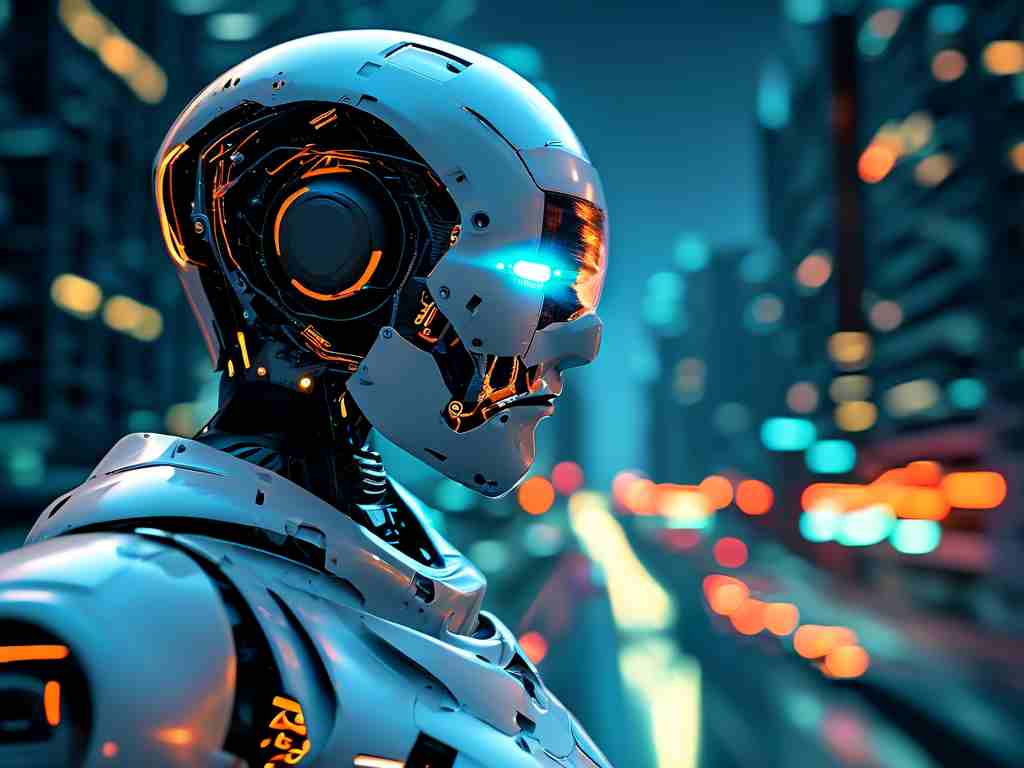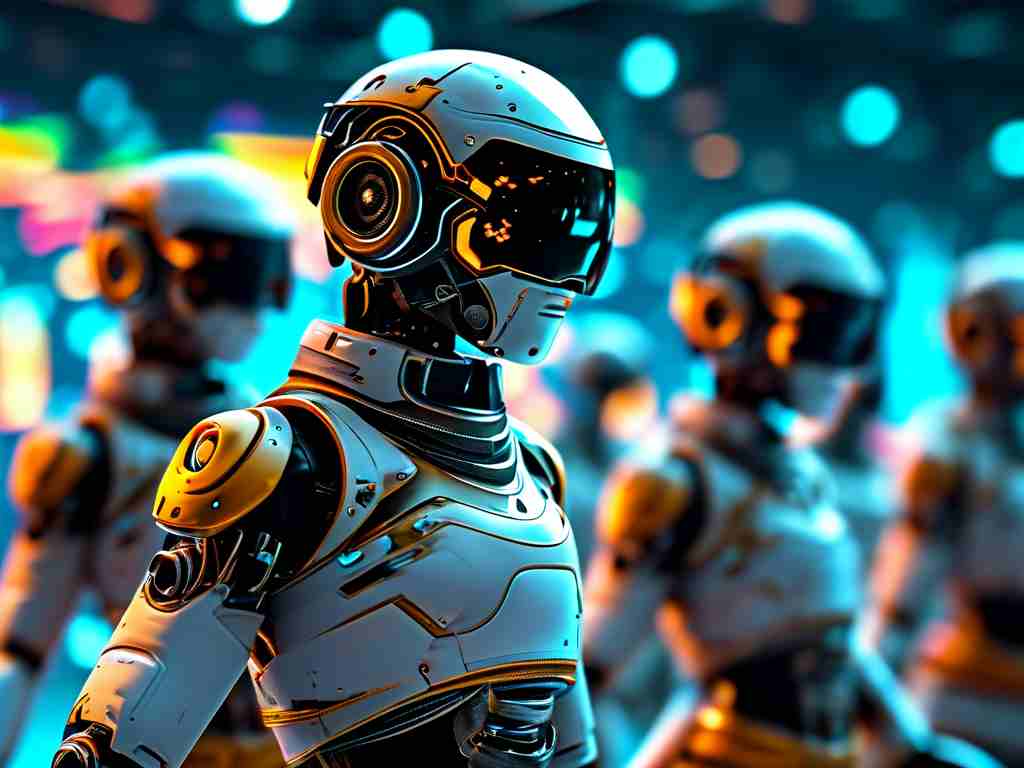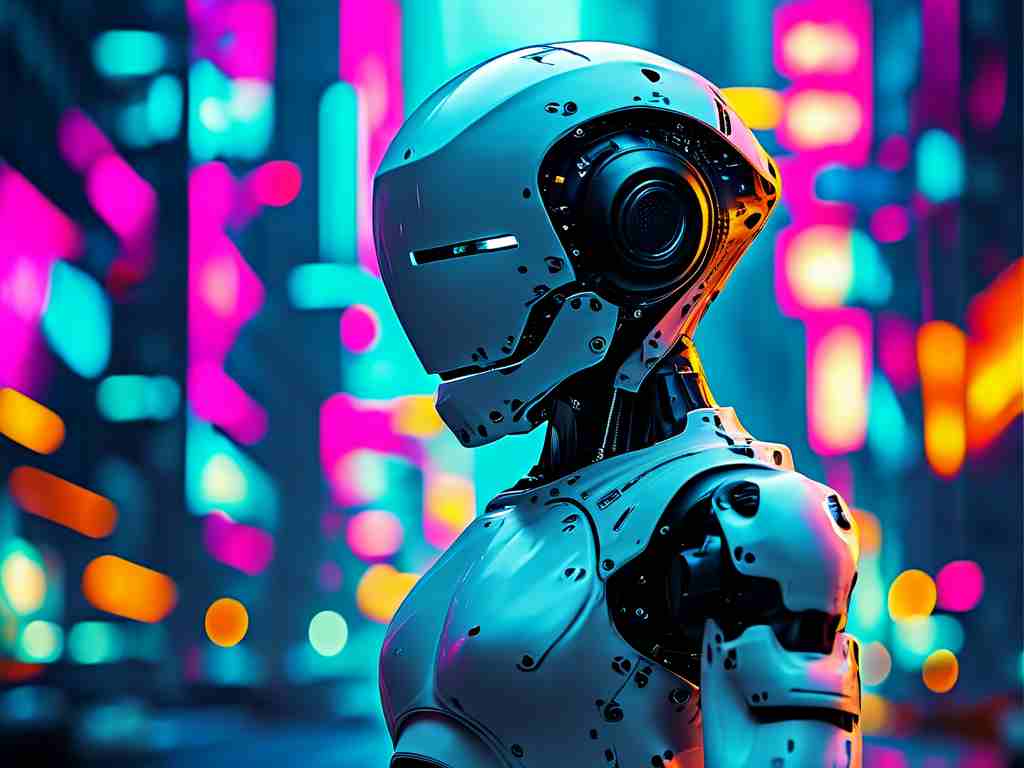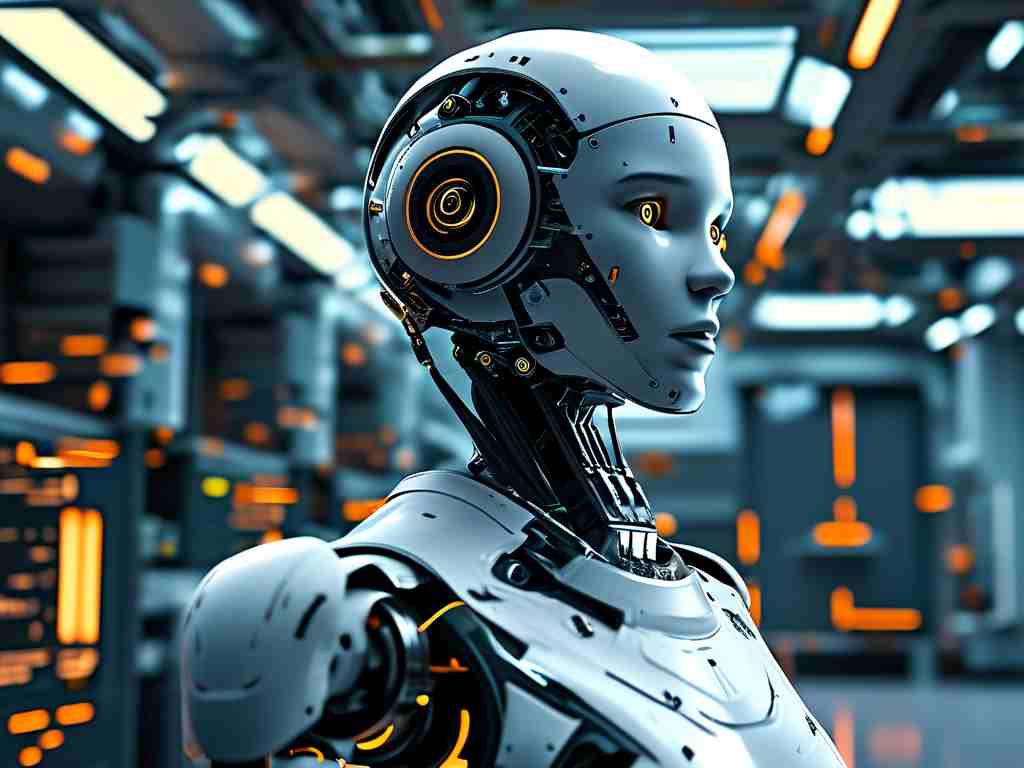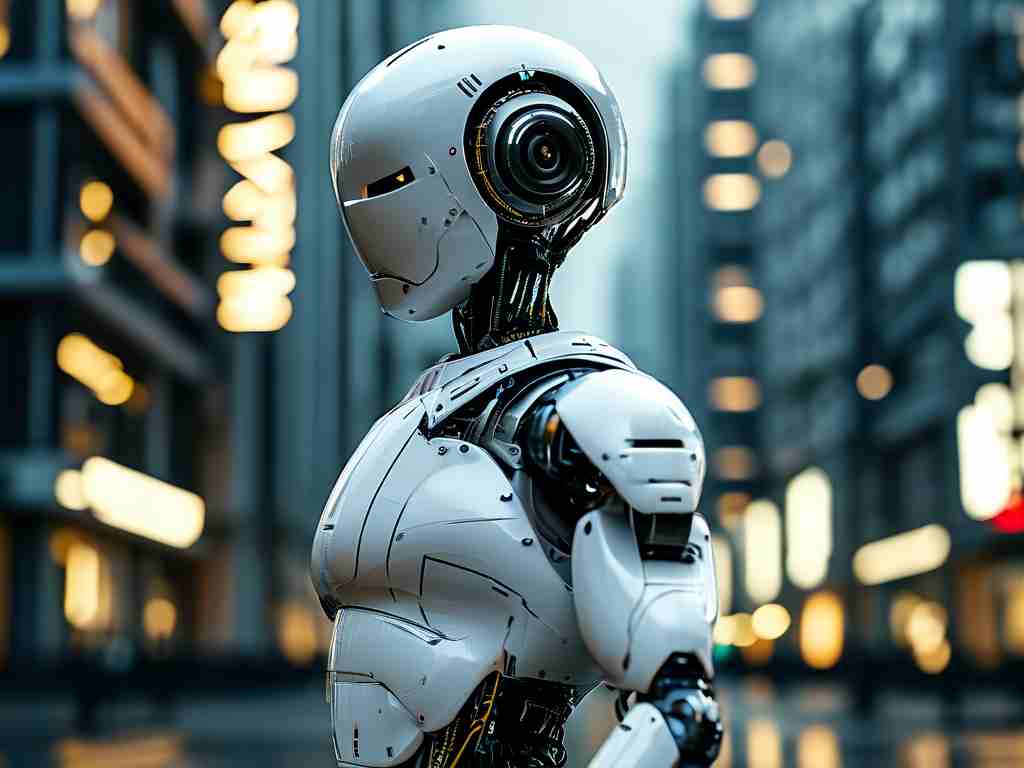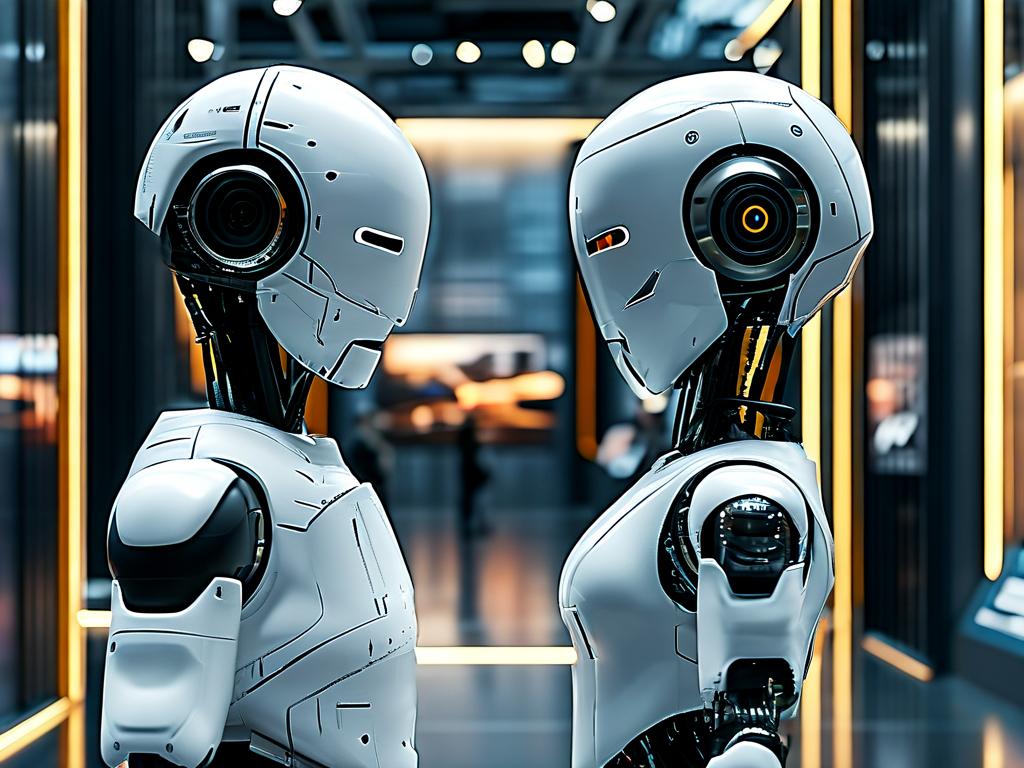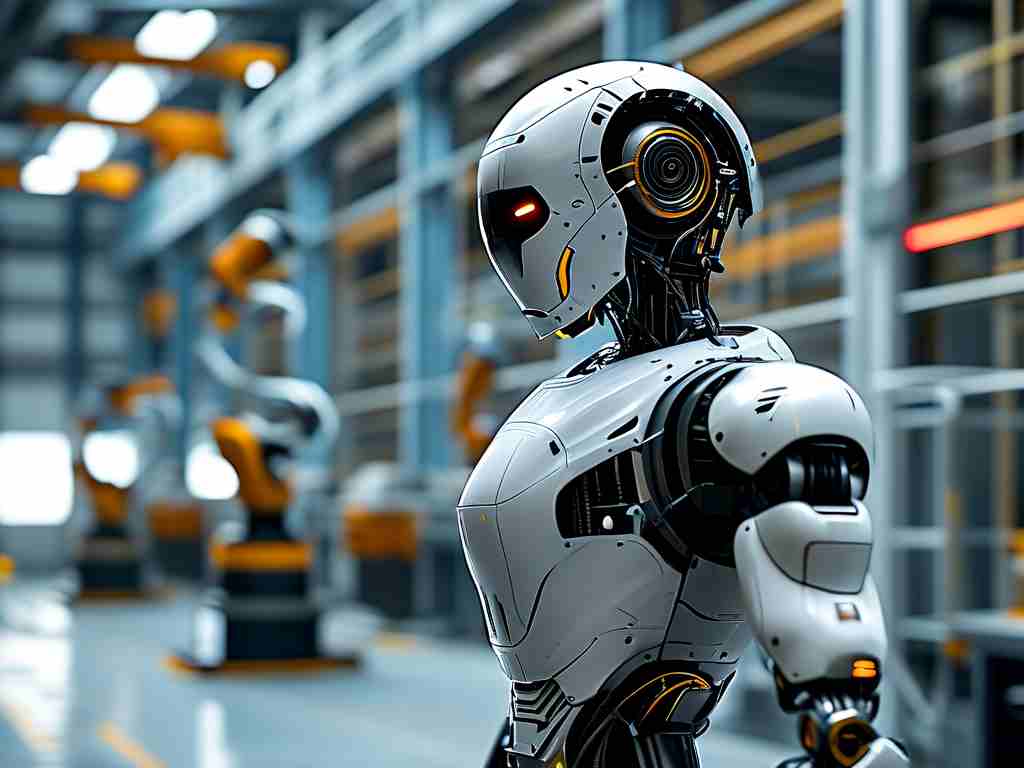The integration of cutting-edge artificial intelligence (AI) into robotics has ushered in a new era of industrial and societal transformation. These advanced systems, equipped with machine learning algorithms and sensor-driven adaptability, are redefining efficiency, precision, and scalability across sectors. From manufacturing to healthcare, AI-powered robots are no longer confined to repetitive tasks but are evolving into collaborative partners capable of real-time decision-making.
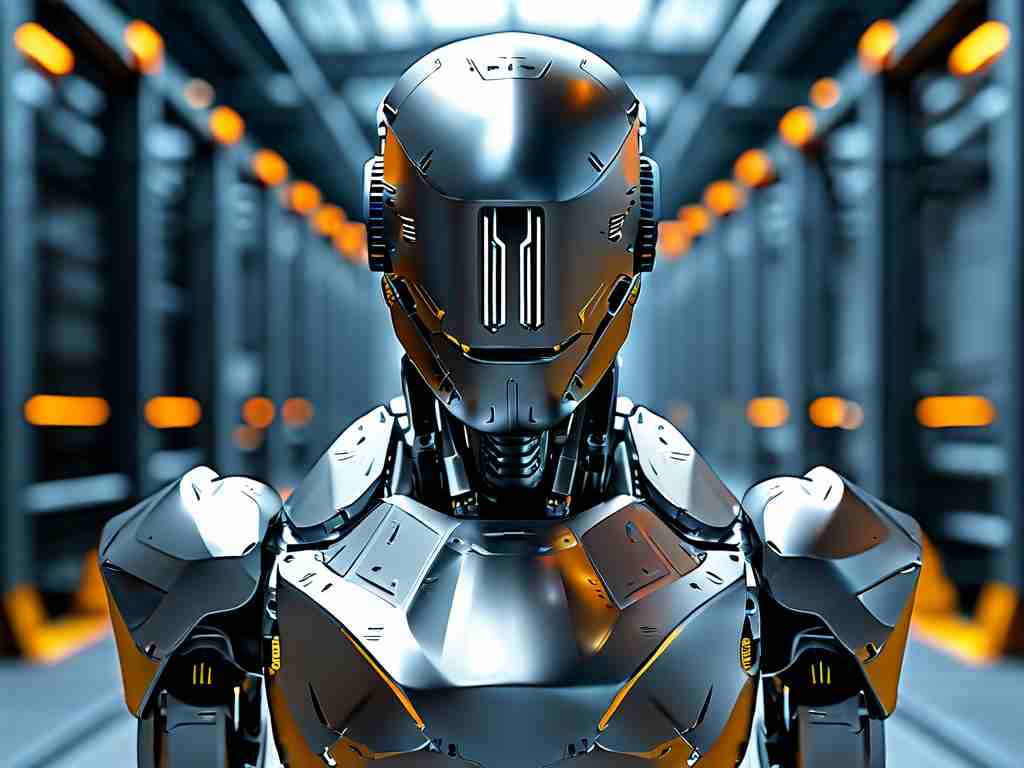
One groundbreaking application lies in autonomous manufacturing. Traditional assembly lines relied on pre-programmed machines with limited flexibility. Modern AI robotics, however, leverage computer vision and predictive analytics to identify defects, adjust workflows, and optimize production schedules autonomously. For instance, automotive factories now deploy robots that learn from historical data to anticipate supply chain disruptions, reducing downtime by up to 40%. A notable example is Tesla’s Gigafactories, where AI-driven robotic arms coordinate with human workers to assemble electric vehicles at unprecedented speeds.
In healthcare, AI robots are revolutionizing patient care. Surgical robots like the Da Vinci System utilize deep learning to enhance precision during complex procedures. These systems analyze terabytes of medical imaging data to guide surgeons in real time, minimizing human error. Beyond the operating room, AI-powered exoskeletons assist rehabilitation patients by adapting to their movement patterns, accelerating recovery timelines. Researchers at Johns Hopkins University recently demonstrated a robot that performs intestinal sutures with sub-millimeter accuracy—a task once deemed too delicate for automation.
The logistics sector has also seen dramatic shifts. Autonomous drones and warehouse robots, such as Amazon’s Kiva, employ reinforcement learning to navigate dynamic environments. By processing inputs from LiDAR and thermal sensors, these machines optimize inventory management and delivery routes. During peak seasons, AI algorithms predict order volumes, enabling warehouses to scale operations without human intervention. In 2023, DHL reported a 30% reduction in shipping errors after implementing AI-driven sorting systems.
Despite these advancements, challenges persist. A primary concern is energy efficiency. High-performance AI models require substantial computational power, leading to increased energy consumption. Companies like Boston Dynamics address this by developing hybrid systems that switch between battery and solar power. Another hurdle is ethical governance. As robots handle sensitive tasks, ensuring data privacy and accountability becomes critical. The European Union’s proposed Artificial Intelligence Act aims to establish frameworks for transparency, mandating that AI systems provide explainable outcomes.
Looking ahead, the convergence of AI and quantum computing could unlock even greater potential. Quantum-enhanced algorithms may enable robots to solve complex problems in seconds—tasks that currently take hours. For example, optimizing traffic flow in smart cities or simulating molecular structures for drug discovery. Meanwhile, neuromorphic engineering, which mimics the human brain’s neural architecture, promises to reduce latency in robotic decision-making.
In , advanced AI robotics is not merely an incremental improvement but a paradigm shift. As these technologies mature, they will blur the lines between human and machine capabilities, creating synergies that drive innovation. However, stakeholders must prioritize sustainable deployment and ethical standards to ensure these tools benefit society equitably. The future belongs to those who can harness AI’s potential while navigating its complexities—a challenge as thrilling as the technology itself.



